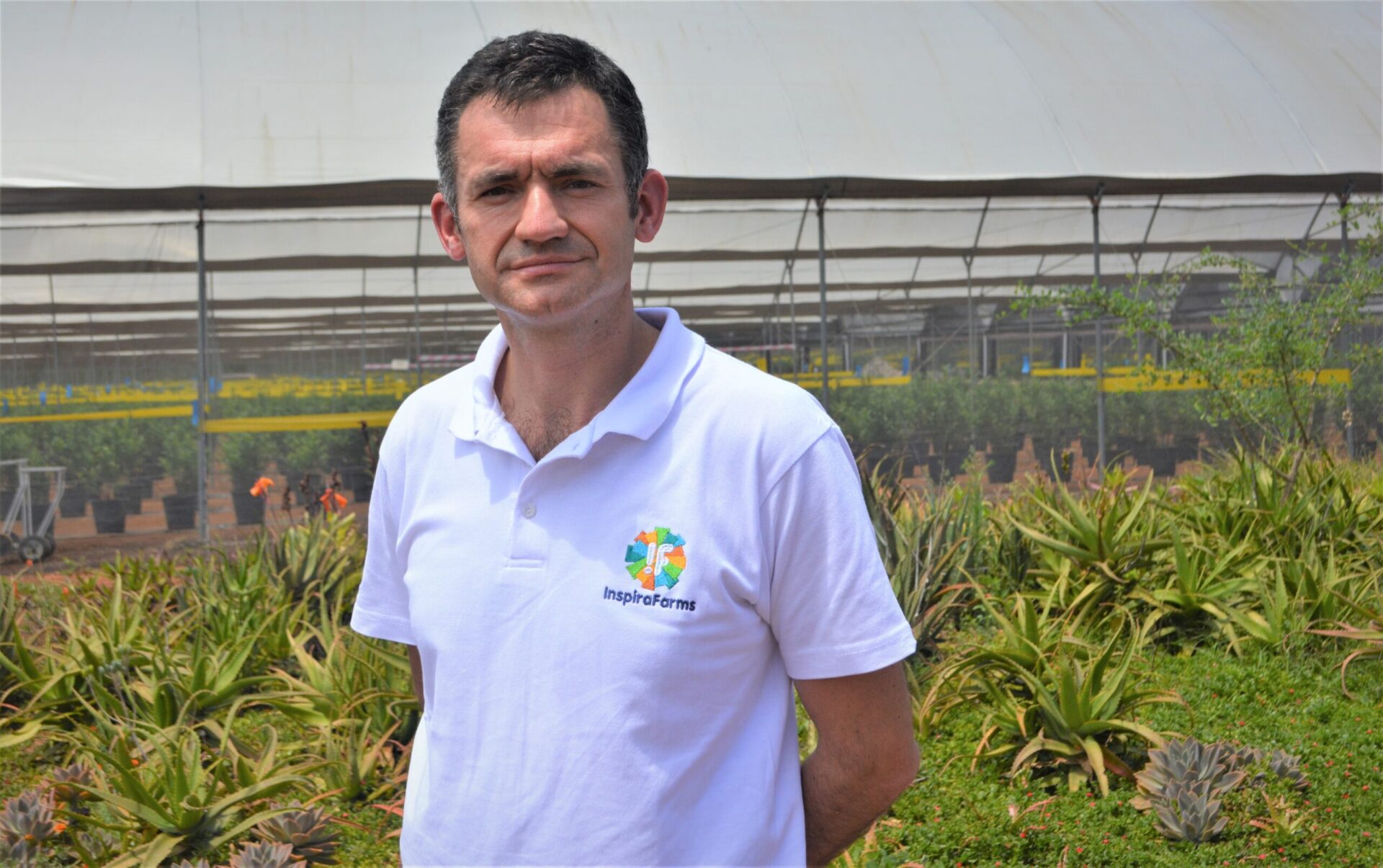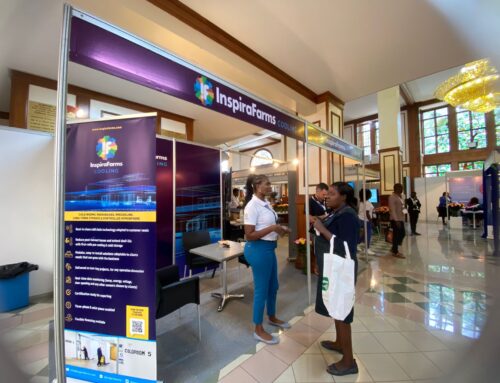Why is the cold chain technology so important for the environment?
Having joined InspiraFarms in early 2021, I wanted to take a moment and share some of my early reflections on the cold chain for food business, what it does and the opportunities ahead.
Why we need to increase access to cold chain in the post-harvest of fruit and vegetables
I have always understood that post-harvest loss is an issue. However, during this short time with InspiraFarms, I have started to internalize the extent of how much post-harvest loss continues to be an issue. The pain of losses hurts in a few ways. The most visible being the lost opportunity for agri-businesses of crops grown but not sold. These rotting crops result in a waste of inputs, person-hours and expectations, driving down the profitability of each kilogram sold. The commercial impact of the losses can be devastating, particularly in lean seasons.
The less visible way these losses hurt is through the environment. The pain plays out in two broad ways.
Firstly, the mismatch between the rapid population growth. The UN forecasts the global population to be close to 10 billion by 2050, and the increase in agricultural productivity, which is simply not keeping pace, will further exasperate existing food security risks. Much more work is needed to feed the future population and on farm clean cold chain is part of this answer.
Secondly, global food waste is responsible for an incredible 6%[1] of global greenhouse gas (GHG) emissions. To put this figure into context, the aviation industry is responsible for 1.9%[2] of GHG. Given the pressure applied to the aviation industry, there is much that needs to be done to tackle food waste. Of the 6%, about two-thirds comes from food waste within the supply chain due to poor storage, handling techniques, lack of refrigeration, spoilage in transport, and processing. The commercial impacts of losses can be devastating for individual businesses. The impact on the environment is even more severe when considering the need to achieve net-zero by 2050.
InspiraFarms tackles one of the big areas of losses in the supply chain by providing cooling solutions immediately post-harvest or at the ‘first mile’ of cold chain within the horticulture sector. Using clean cold chain technologies combined with clean energies when possible or practical, we materially reduce losses. This solution elegantly aligns the economic interests of agri-businesses with the broader interest of the environment.
It is not just about losses…We extend the useful life of products.
Beyond the positive impact that cutting losses has on both the bottom line of agri-businesses and the environment, smart clean cooling solutions for the first mile generate more benefits. The team at InspiraFarms have invested heavily in not just cooling produce, but how to cool fresh produce. We understand how to design low energy solutions, that are ‘kind’ to the produce. This means that with InspiraFarms solutions, shelf life can be dramatically extended compared to more traditional cold chain solutions, if they exist. This extension to shelf life presents more opportunities for agribusinesses.
The design of our cooling solutions, that come with an integrated array of sensors and in-built IoT, so they adapt to the physiological and atmospheric changes that occur during a cooling cycle. This is combined with produce specific cooling cycles or ‘recipes’ to drop the temperature of the produce, uniformly to the right temperature for the operations of each agri-business. This approach has two advantages. Firstly, it is key to being ‘kind’ to the produce and extends the shelf life considerably. Secondly, it manages energy consumption allowing the use of appropriately sized and smarter cooling solutions, keeping the running costs down. This increased shelf life helps build the reputation of growers and can allow a shift from air to sea freight where appropriate, with the knock-on commercial and environmental advantages this brings.
InspiraFarms Cooling future cold chain solutions
The team builds cooling solutions based on years of knowledge and experience on how to cool fresh produce optimally. They are motivated by a desire to be the best in the business at cooling, storing and protecting fresh produce in Africa. They use a design philosophy that puts produce and efficiency at the core of the process, no matter the size of the agri-business. Thus, giving the twin benefits of strengthening the performance of the business with higher revenue, while being highly beneficial to the environment and economic health of the countries we work in.
The opportunity in front of us is the lifetime value our solutions bring to our customers and the wholly inadequate cold chain solutions in Africa, representing a market size of billions of dollars.
Sources:



